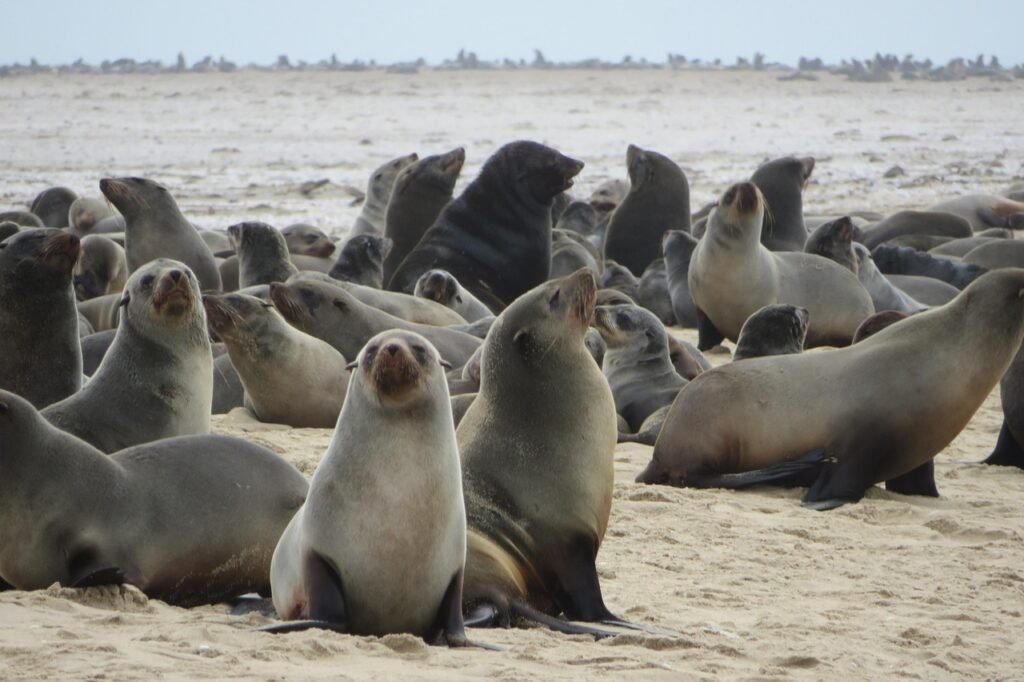In the heart of the Philippines, a remarkable movement is unfolding. It is not led by scientists in white lab coats or researchers with years of academic training. Instead, it is driven by everyday Filipinos—students, teachers, farmers, and professionals—who are stepping into the world of citizen science. This movement is transforming the way wildlife research is conducted, offering a fresh and inclusive approach to understanding the rich biodiversity of the Philippines. Enthusiastic individuals are picking up binoculars and notebooks, diving into the fields and forests, and contributing to a deeper understanding of the natural world. The story of citizen science in the Philippines is one of passion, curiosity, and community, and it is making a significant impact on wildlife research.
The Rise of Citizen Science in the Philippines
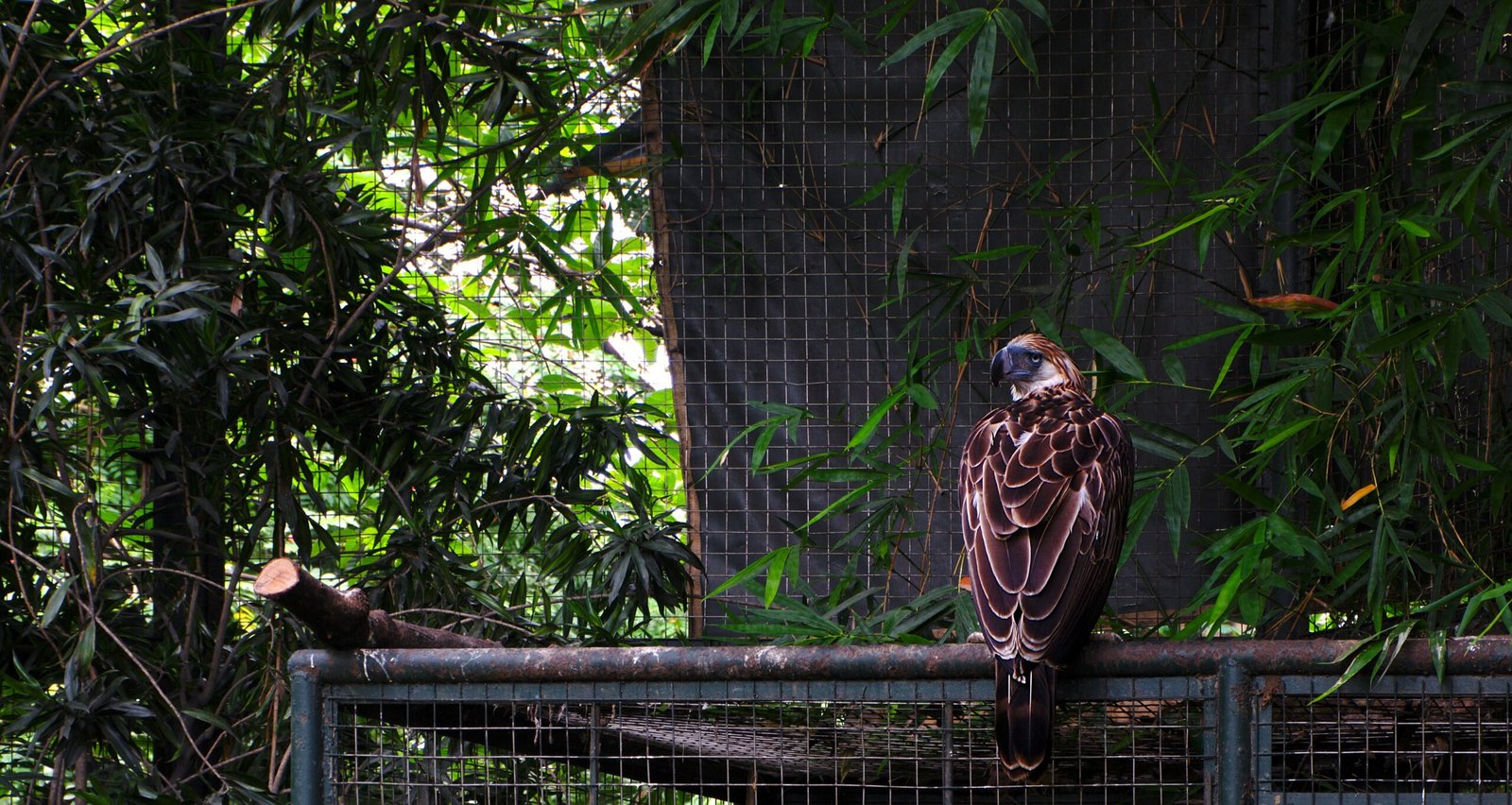
Citizen science is not a new concept, but in recent years, it has gained momentum in the Philippines. With a diverse and abundant natural landscape, the country is an ideal setting for citizen scientists to explore and document wildlife. Filipinos are embracing this opportunity, not only to contribute to scientific research but also to connect with nature in profound and meaningful ways. As they observe and record data on various species, they provide invaluable insights that help scientists track changes in the environment and biodiversity. This grassroots movement is empowering citizens to take part in a global effort to understand and protect our planet.
Why Citizen Science Matters
Citizen science plays a crucial role in wildlife research. By involving ordinary people in scientific data collection, researchers can access a vast amount of information that would otherwise be impossible to gather. In the Philippines, where resources for scientific research are often limited, citizen science offers a cost-effective solution to gather essential data. The collective efforts of citizen scientists help fill gaps in research, especially in remote and underexplored areas. Moreover, involving the public in scientific endeavors fosters a sense of responsibility and stewardship towards the environment, creating advocates for conservation.
Engaging Communities in Wildlife Monitoring
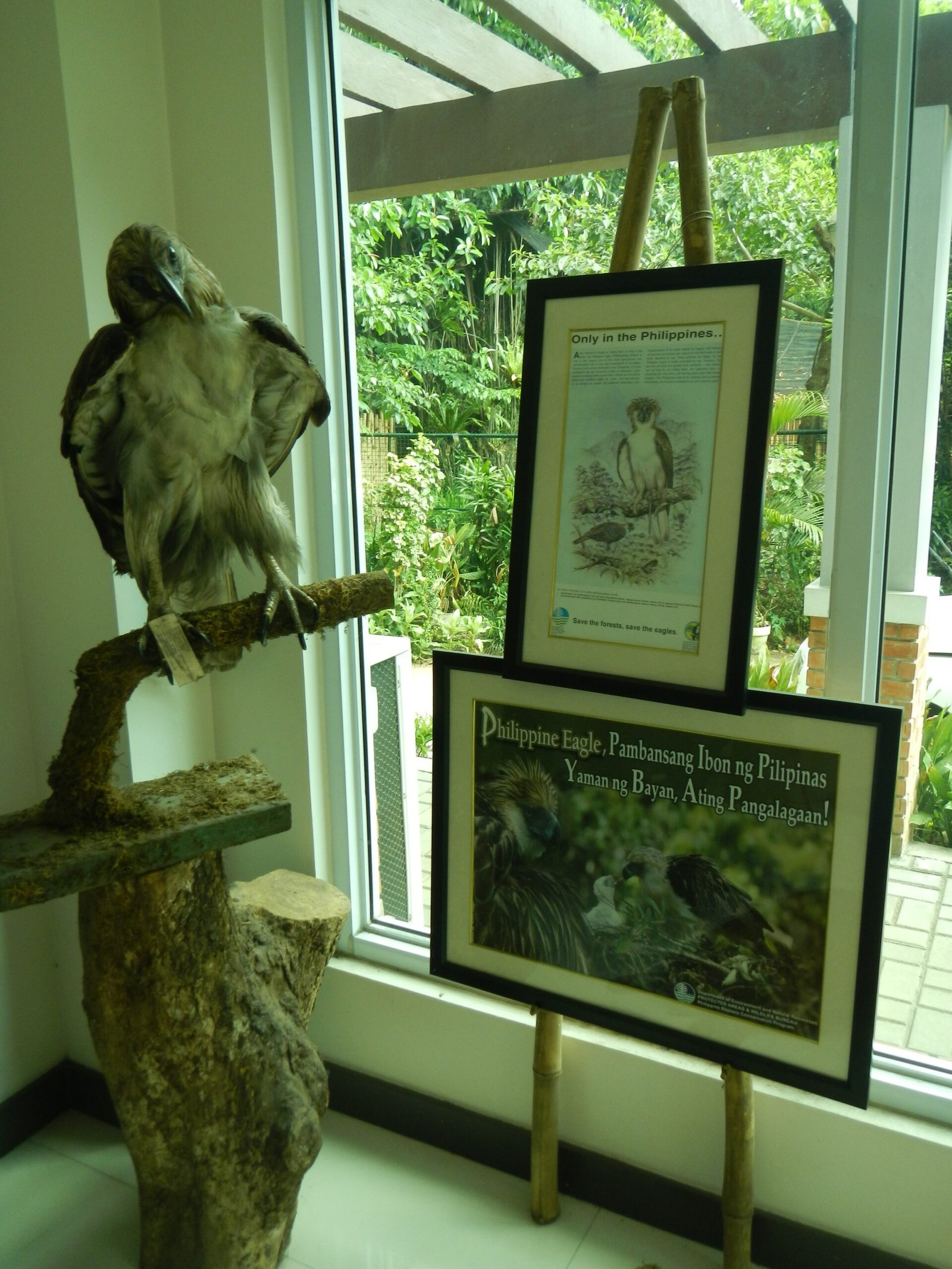
One of the key strengths of citizen science is its ability to engage local communities. In the Philippines, citizen science initiatives often involve workshops and training sessions, where participants learn how to identify species, use scientific tools, and record observations accurately. These initiatives empower communities to become active participants in wildlife monitoring and conservation efforts. By understanding the importance of their contributions, individuals are more likely to take an active role in protecting their local ecosystems. This sense of ownership and pride in their natural heritage strengthens community bonds and promotes sustainable practices.
Tools and Technology in Citizen Science
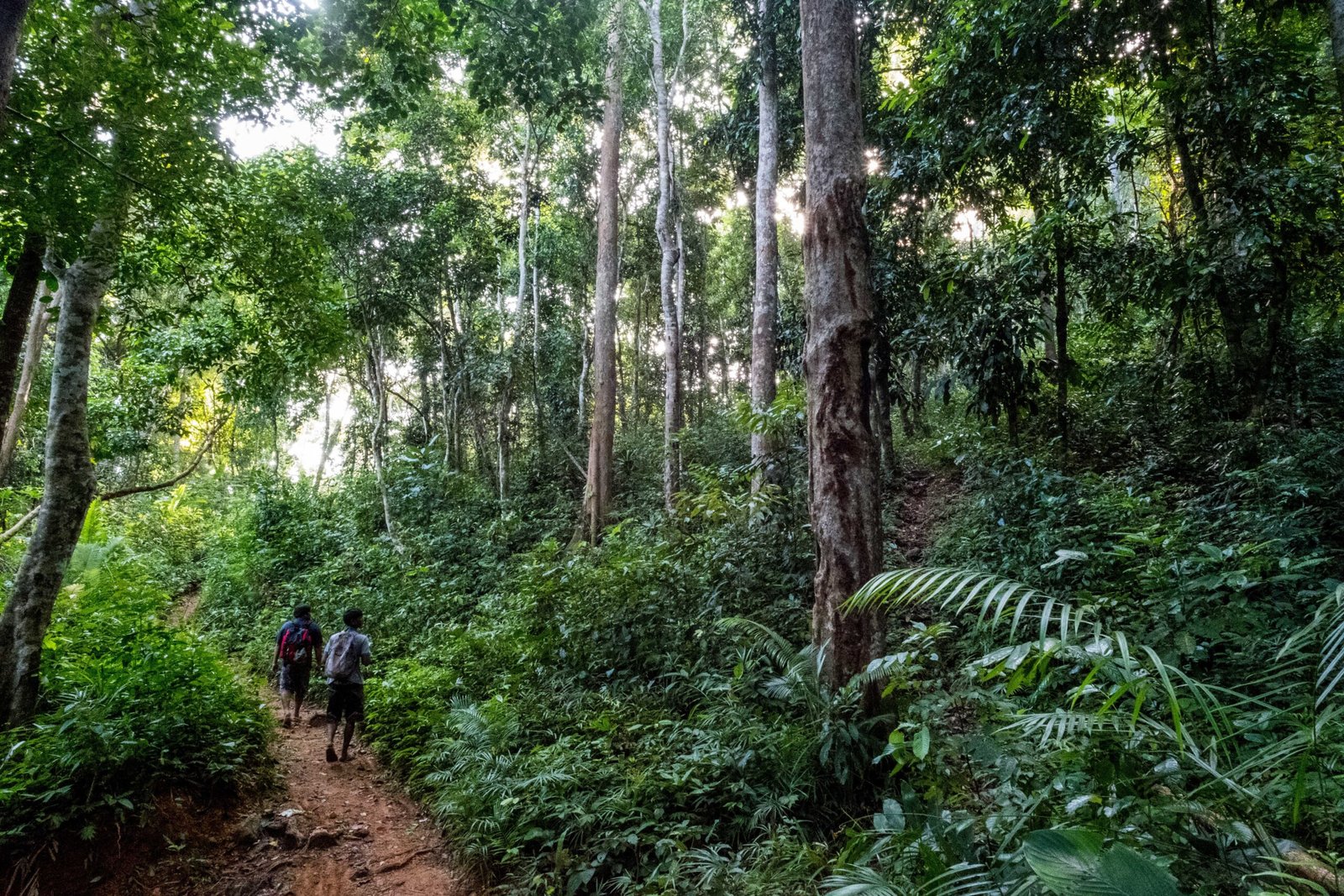
Technology has revolutionized citizen science, making it more accessible and efficient. In the Philippines, smartphones and apps are being used by citizen scientists to document and share their findings. These tools allow for real-time data collection and analysis, enabling researchers to track changes in wildlife populations and habitats more effectively. Additionally, online platforms and social media provide citizen scientists with a space to collaborate, share experiences, and learn from one another. The integration of technology in citizen science has not only increased participation but also improved the accuracy and reliability of data collected by non-experts.
Success Stories: Citizen Science Impact on Wildlife

The impact of citizen science on wildlife research in the Philippines is evident in several success stories. For instance, citizen scientists have played a significant role in the discovery of new species, such as the endangered Philippine Eagle. Their observations and data collection have provided critical information for conservation efforts, leading to the protection of habitats and species. Another notable success is the documentation of migratory bird patterns, which has helped conservationists develop strategies to protect these birds during their long journeys. These success stories highlight the power of citizen science in driving positive change for wildlife conservation.
The Role of Education in Citizen Science
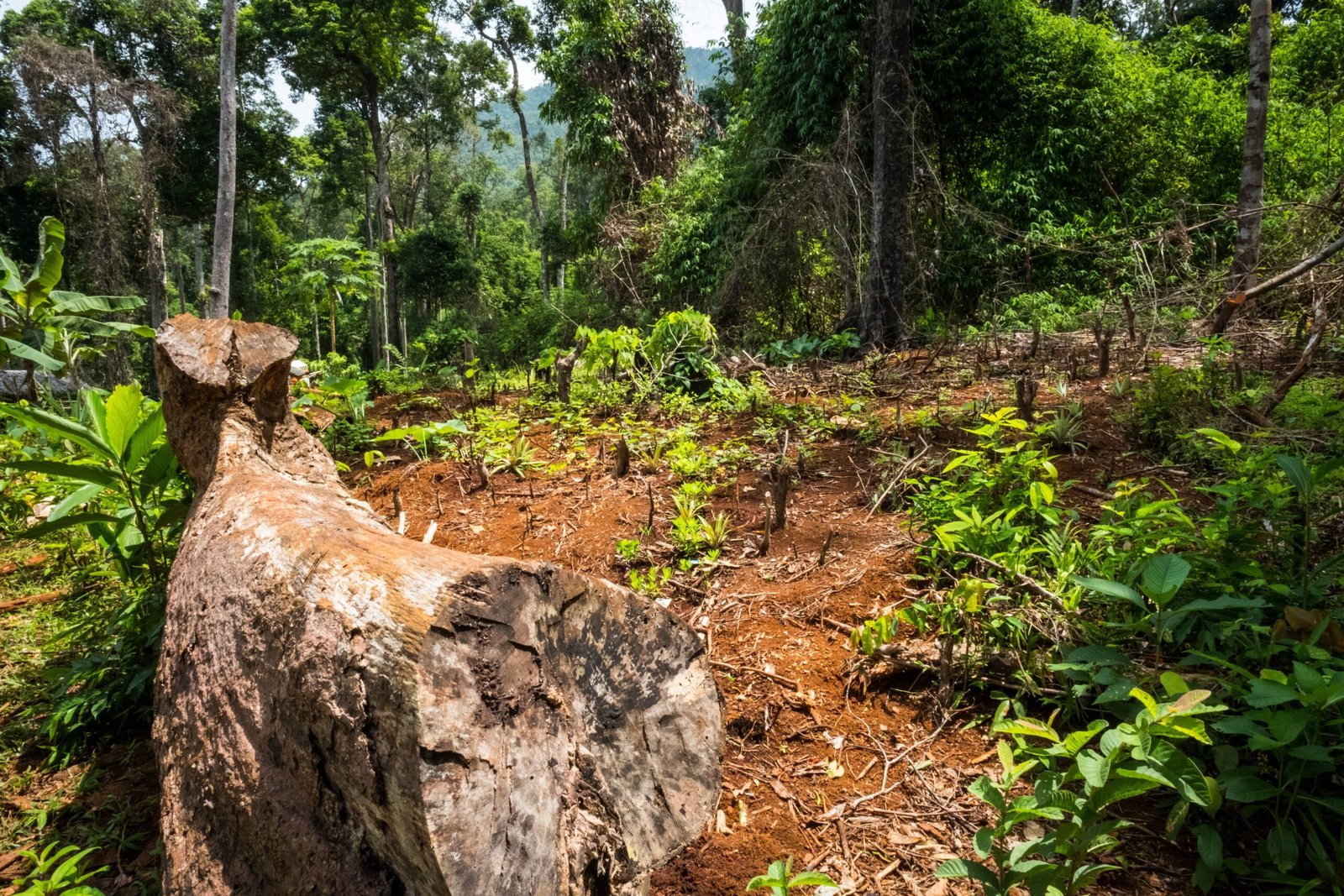
Education is a cornerstone of citizen science. By educating individuals about the importance of biodiversity and conservation, citizen science initiatives inspire a new generation of environmental stewards. In the Philippines, educational programs are integrated into citizen science projects, providing participants with the knowledge and skills needed to contribute effectively. Schools and universities often collaborate with conservation organizations to incorporate citizen science into their curriculum, fostering a culture of curiosity and scientific inquiry among students. This educational approach not only enhances scientific literacy but also encourages lifelong learning and environmental awareness.
Challenges and Opportunities in Citizen Science
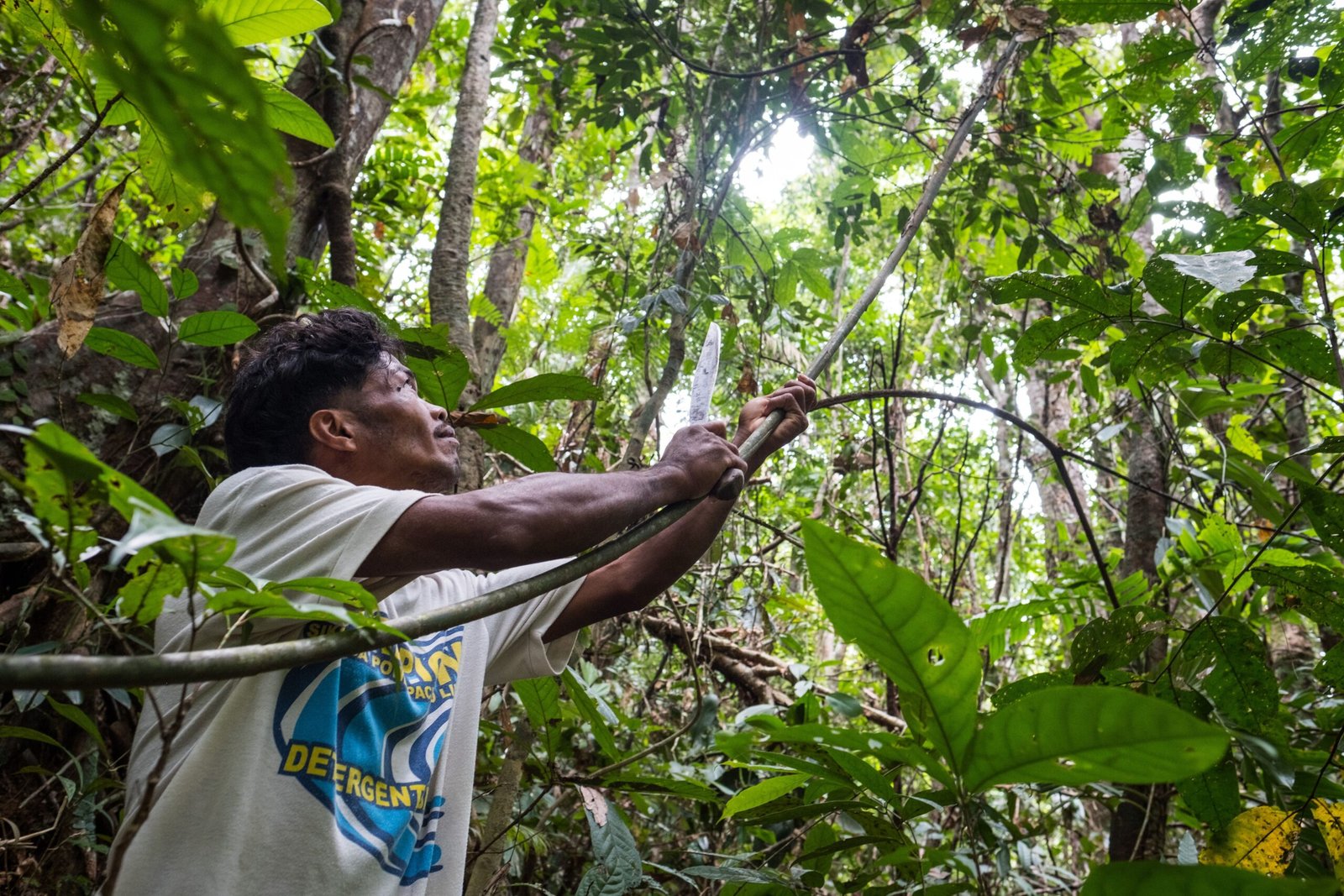
While citizen science offers numerous benefits, it also presents challenges. Ensuring data accuracy and consistency is a primary concern, as citizen scientists may lack formal training in scientific methods. To address this, initiatives often include training sessions and guidelines to improve data quality. Additionally, sustaining long-term engagement and participation can be challenging, as individuals may face constraints such as time and resources. Despite these challenges, the opportunities for citizen science in the Philippines are vast. By building strong networks and partnerships, citizen science can continue to thrive and contribute to meaningful wildlife research.
The Future of Citizen Science in the Philippines
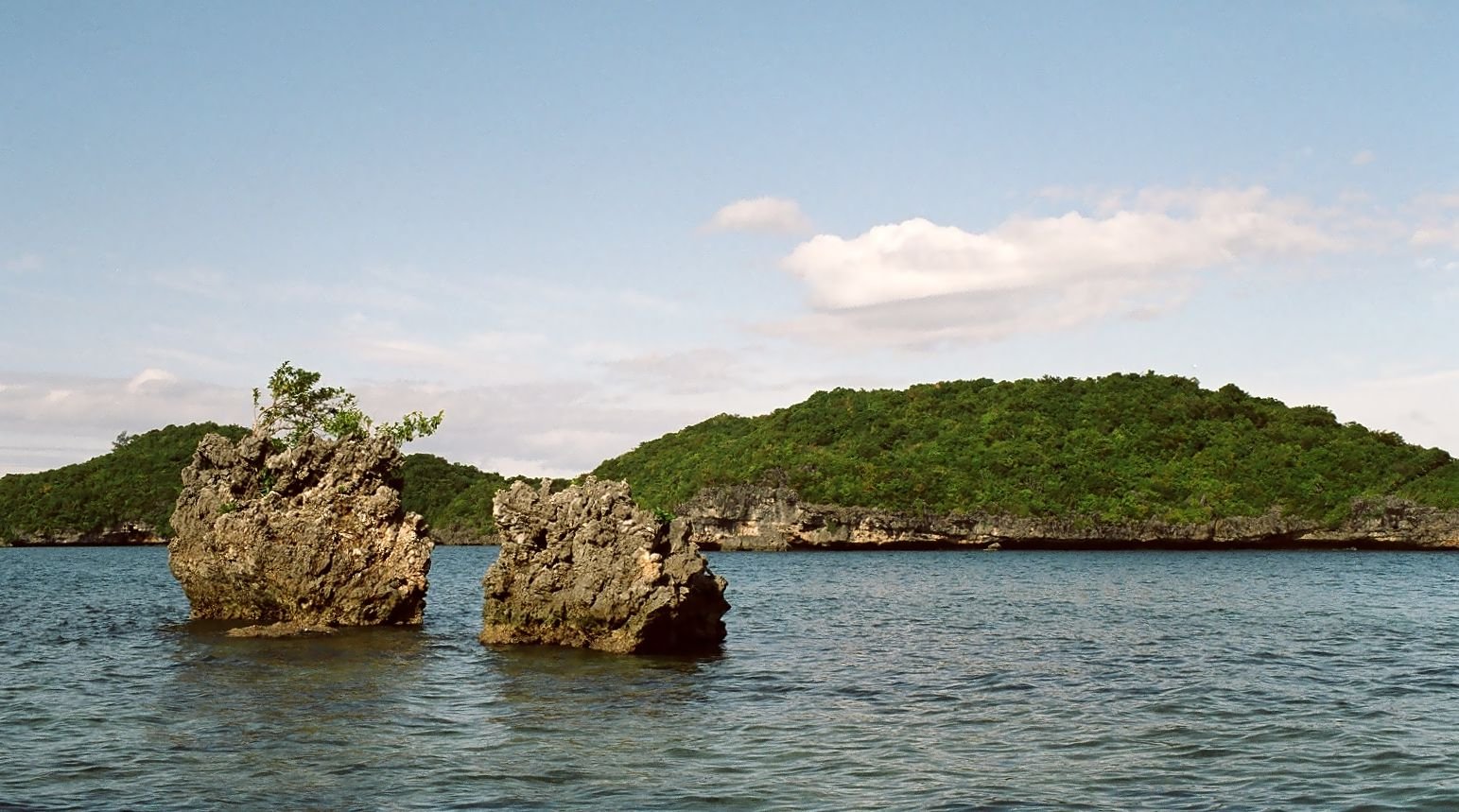
The future of citizen science in the Philippines is promising. As more individuals become aware of the impact they can have on wildlife research, participation is expected to grow. With advancements in technology and increased collaboration between scientists and citizens, citizen science will continue to evolve and expand. This movement has the potential to transform the landscape of wildlife research, making it more inclusive and community-driven. By empowering ordinary Filipinos to become citizen scientists, the Philippines is paving the way for a more sustainable and informed approach to conservation.
Conclusion: A Call to Action
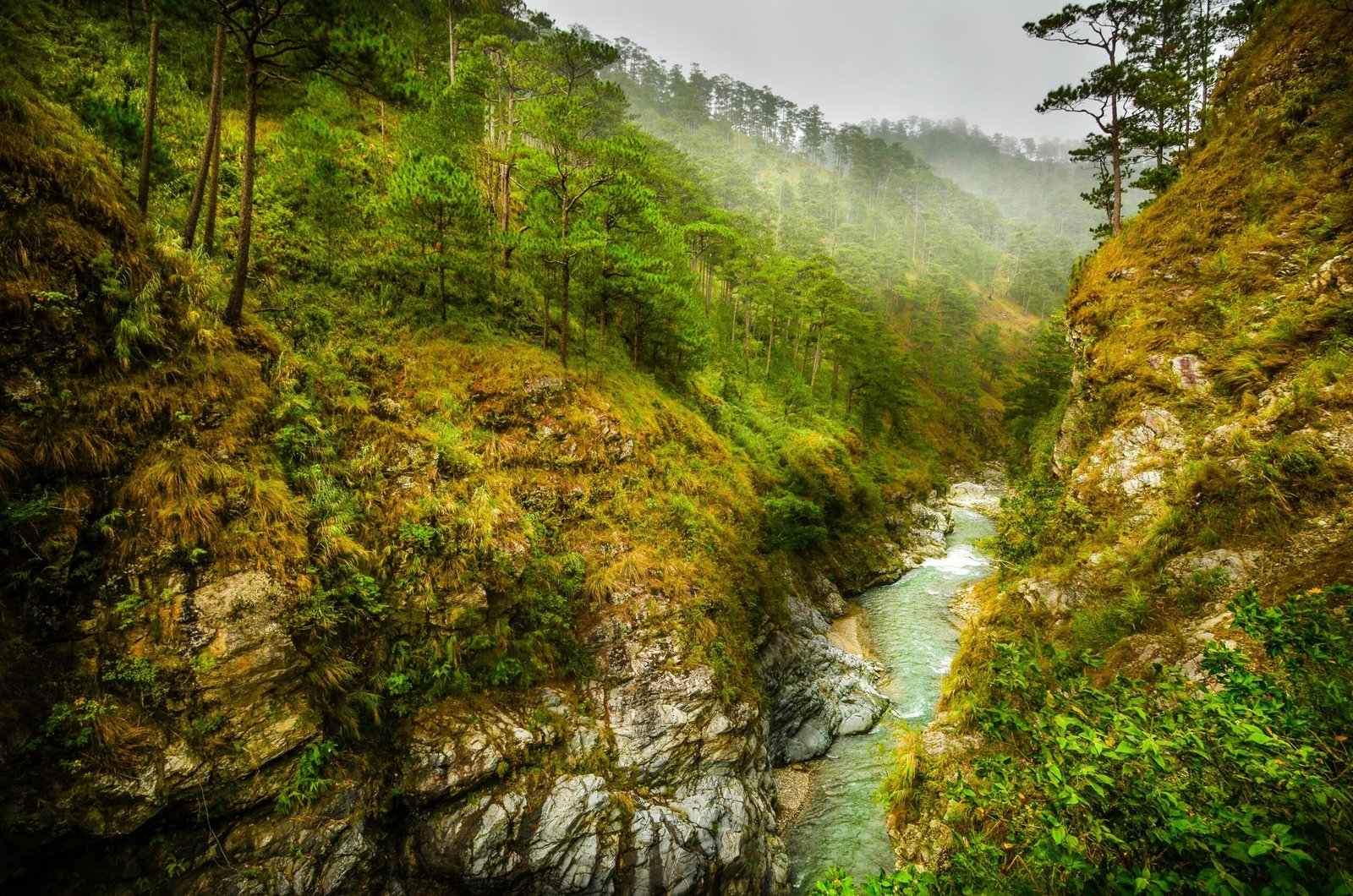
Citizen science is a powerful tool for wildlife research and conservation, and its impact in the Philippines is undeniable. As ordinary Filipinos continue to contribute their time, knowledge, and passion to this movement, they are helping to protect the country’s rich biodiversity. The success of citizen science depends on the collective efforts of individuals, communities, and organizations. By embracing this movement and encouraging more people to get involved, we can create a brighter future for wildlife and the environment. The time to act is now, and the call to become a citizen scientist is one that everyone can answer.




